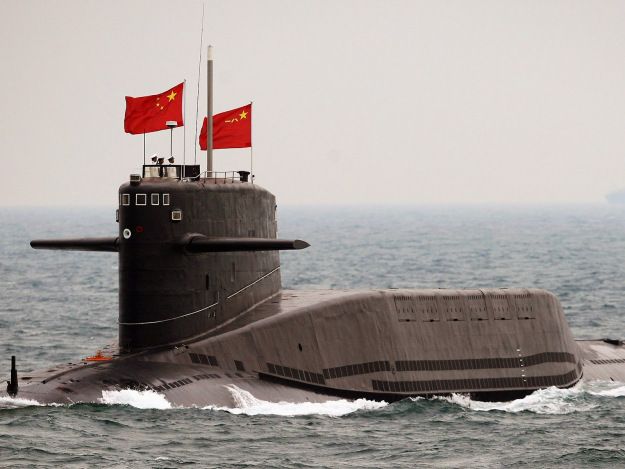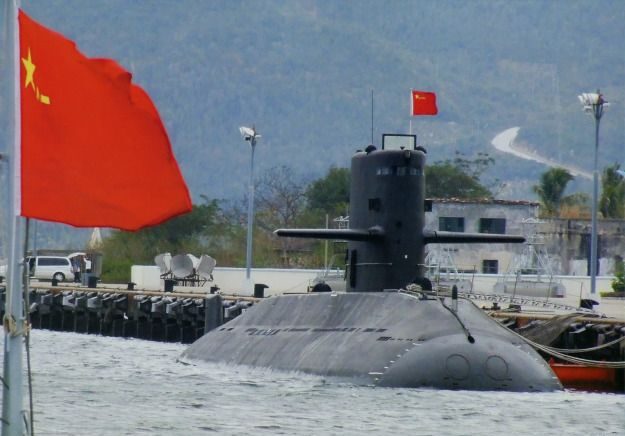U.S. Navy Embraces Artificial Intelligence to Power Future Warfare
The U.S. Navy is actively using artificial intelligence (AI) across many parts of its operations—from helping sailors stay healthy to making quick decisions during high-pressure wartime scenarios. This step into the future is helping the Navy become more efficient, more prepared, and more powerful in every area of its mission.
Summary
- The U.S. Navy is applying AI in over 60 different programs today.
- AI supports tasks such as facial recognition, sensor analysis, and generative intelligence.
- The Navy uses AI to improve personnel readiness, mental and physical health, and dental monitoring.
- AI can assist in deciding what to do when war is complicated, for example, spotting dangers that seem like allies in the Red Sea.
- Admiral Daryl Caudle leads the Navy’s Fleet Forces Command and sees AI as a tool for both combat and daily operations.
- His background in physics and information systems helps shape his view on using algorithms for real-time solutions.
- Sensors on Navy ships use AI to analyze environments and decide what to target during conflicts.
- AI is not only about combat—it’s also improving deployment readiness for sailors.
- Predictive AI tools analyze large data sets to help catch potential health issues before they become problems.
- AI adds a layer of precision and speed that human reaction alone can’t match in combat zones.
- Caudle describes AI’s role in organizing tools into categories like awareness, recognition, and engagement.
- AI is being developed and tested in various parts of the military, but the Navy is a front-runner in real-world use.
- Technology is also used in training simulations, helping sailors prepare better for real missions.
- Tools are improving the lethality of the force while ensuring safety and accuracy.
- The Navy is preparing for future battles where fast decision-making, powered by AI, could be the difference between victory and loss.

How AI Is Shaping Modern Warfare
The United States Navy is entering a new era of defense by using artificial intelligence to power decisions in both daily routines and high-risk battle scenarios. AI is not just a buzzword in Silicon Valley anymore—it’s part of the Navy’s strategy for dominance in future warfare.
According to WAVY News, the Navy has about 60 AI-related programs that are active and working today. These systems support everything from monitoring sailor health to helping with target selection during missions.
AI in the Combat Zone
In tense environments like the Red Sea, where multiple aircraft and threats exist at once, decision-making must be both fast and right. Admiral Caudle described a scenario where AI algorithms on Navy ships process sensor data to tell operators whether an incoming aircraft is friendly or hostile.
This is not just for show. It’s real-life danger, where a wrong decision could lead to tragedy. AI gives the Navy a digital edge, allowing for quicker and more accurate responses.
Human Health and Readiness
But AI is not only about fighting. It’s also about keeping sailors fit and ready. Imagine a system that checks your past health records, compares them with millions of others, and tells doctors that you may have a future risk of mental or physical stress. That’s already happening.
AI helps doctors and Navy leadership predict problems early, from dental readiness to psychological support. These tools are part of a wider effort to make sure every sailor is prepared, healthy, and able to serve.
Organizing AI Tools
Admiral Caudle explained that AI programs fall into three main types with three supporting categories:
| Main Use | Examples |
|---|---|
| Awareness | Facial recognition, surveillance, real-time maps |
| Decision Support | Target identification, risk prediction, safety checks |
| Engagement | Weapons targeting, threat response, automated defense |
And in day-to-day operations, AI assists with:
| Area | AI Application |
|---|---|
| Healthcare | Mental and dental predictions, injury prevention |
| Deployment | Scheduling, fitness tracking, readiness checks |
| Training | Simulations, scenario planning, performance analysis |
Why AI Is Critical for the Future
The nature of war is changing. In the past, naval battles were won with ships, guns, and sailors. Today, it’s about who can process information faster, respond smarter, and strike with precision. AI is what gives the U.S. Navy an edge in these areas.
Generative AI is now being explored for predictive combat strategies, where the system can model a scenario and offer the best plan of action. These models help make data-driven choices on where to send ships, how to protect assets, or even when to retreat.
Caudle believes this is not just about technology—it’s about being ready for a world where machines assist in the most important parts of decision-making.
Challenges and Control
There are, of course, challenges. Trusting a machine with life-or-death decisions brings ethical questions. How do we make sure AI doesn’t make mistakes? Who is responsible if it does? The Navy is working carefully to train AI systems using real data and constant human oversight.
This is why Admiral Caudle emphasizes that AI is not replacing people—it’s supporting them. The Navy still depends on experienced sailors to guide the ship, launch the weapon, and carry out the mission. AI is the tool, not the commander.
A Mission That Depends on People and Tech
The U.S. Navy wants to be the most prepared and most powerful sea force on the planet. To do that, it is combining its strong human force with smart, fast, and evolving AI systems. From the battlefield to the doctor’s office, AI is touching every part of Navy life.
The Navy’s investment in AI proves that this mission is not only about ships and submarines—it’s also about vision and future thinking.
Facts
- The U.S. Navy began testing AI tools for logistics and medical records as early as the 2010s.
- AI-powered drones are now used in naval exercises to simulate enemy movements.
- Navy AI systems can detect unusual behavior in surveillance footage faster than humans.
References
- WAVY News. (2025). Tech on Deck: The Use of AI Technology in U.S. Navy
- U.S. Navy Official Website. www.navy.mil
- Defense.gov. Artificial Intelligence in Defense
- Congressional Research Service. AI and National Security



